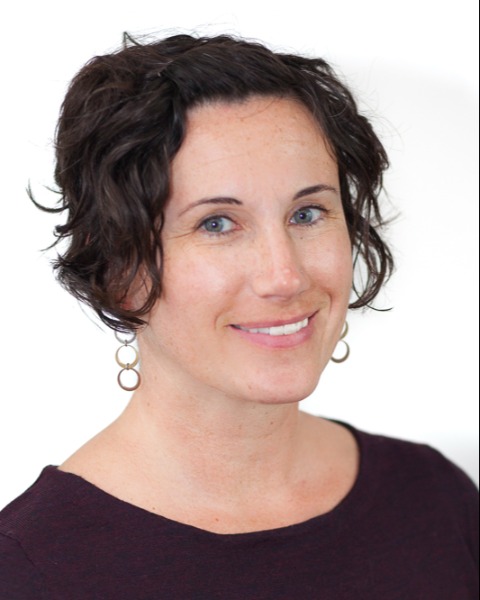Data Visualization and Reporting
Family Voice Journey Maps: A Storytelling Approach to Evaluation that Informs Early Childhood System Building
-

Callie Lambarth, MSW (she/her/hers)
Senior Research Associate
Center for Improvement of Child & Family Services, Portland State University
Portland, Oregon, United States -

Ron Joseph, BA (he/him/his)
Research Assistant
Center for Improvement of Child & Family Services, Portland State University, Oregon, United States
Presenter(s)
Location: Grand Ballroom 3
Abstract Information:
This 45-minute demonstration will highlight the evaluation team’s use of “journey maps”, based on interviews with parents/caregivers of young children in rural communities, to visualize qualitative data, reflect family experiences, and inform system-building. For context, session participants will learn briefly about the Home Visiting Systems Coordination (HVSC) project, funded by The Ford Family Foundation, that has been underway since 2016 in rural southern Oregon and northern California communities, which aims to improve the system of accessible, culturally affirming, quality early childhood home visiting and family support services.
The HVSC evaluation sought to understand the experiences of families, who are often marginalized by systems as they navigate early childhood and family supports, in order to inform system improvements. By amplifying families’ voices through the interview process, families could tell their own stories to those involved in systems building, so that early childhood home visiting and family support services can be more accountable to family needs and strengths.
Session participants will gain insights about the evaluation team’s decision to utilize journey maps, learn how we prepared for using this approach, and view the resulting maps we developed in English and Spanish. We will describe how we developed multiple journey maps based on composite case studies, clustered around common service access scenarios, and the layers of family experiences reflected in the maps, such as their emotional response, steps taken, and other resources involved in their journeys to access services under COVID-19 conditions. We will conclude by discussing some of the positive impacts the maps have contributed to to-date.
